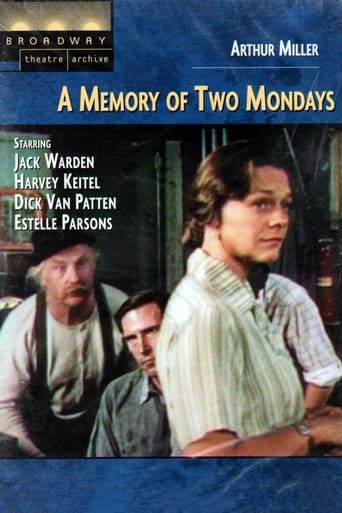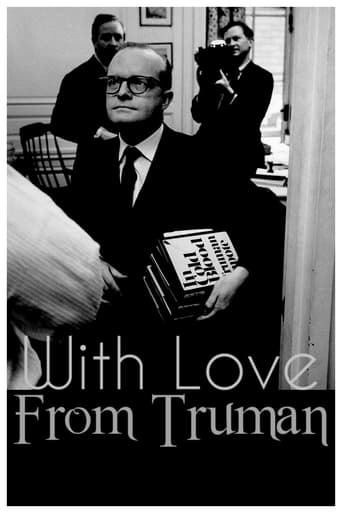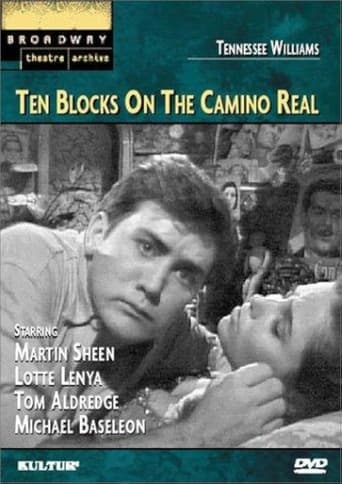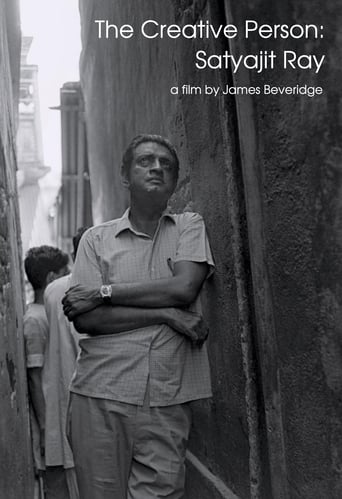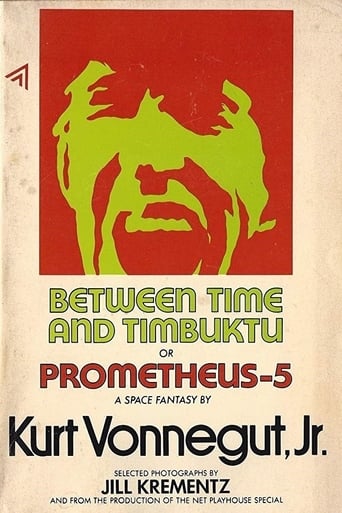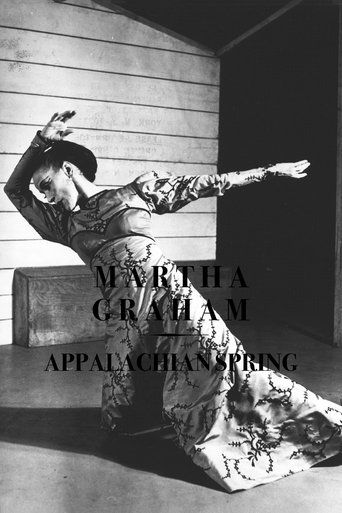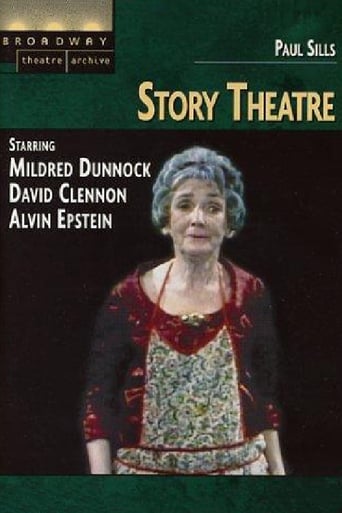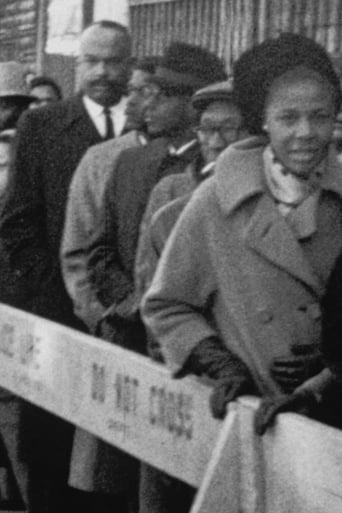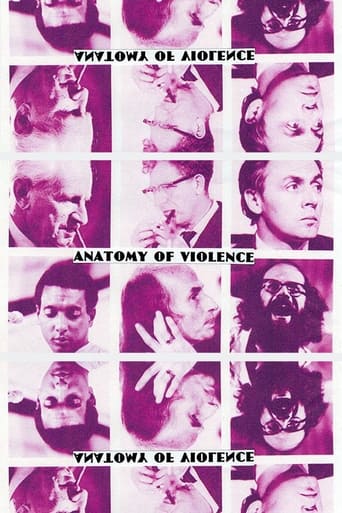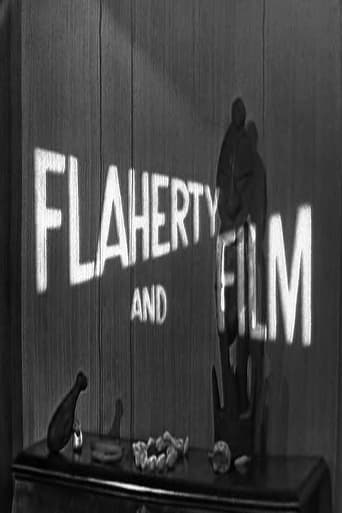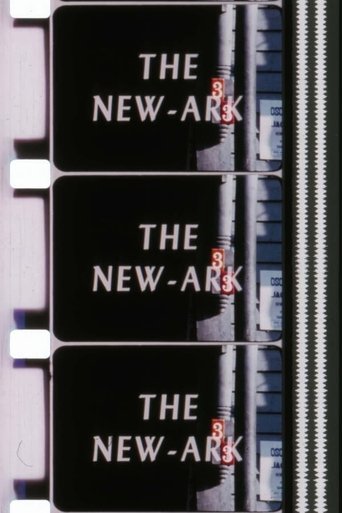A Memory of Two Mondays 1971
Workers in an auto parts warehouse in 1933 New York City inhabit a bleak, dead-end world in the depths of the Depression where, at least, they have jobs. Introduced by its playwright, Arthur Miller, it was the first in a series of NET Playhouse programs concerning life in America during the Depression years.
